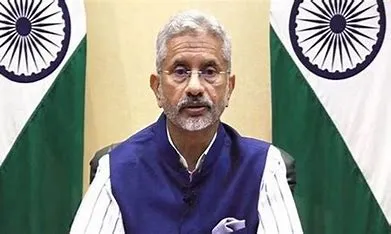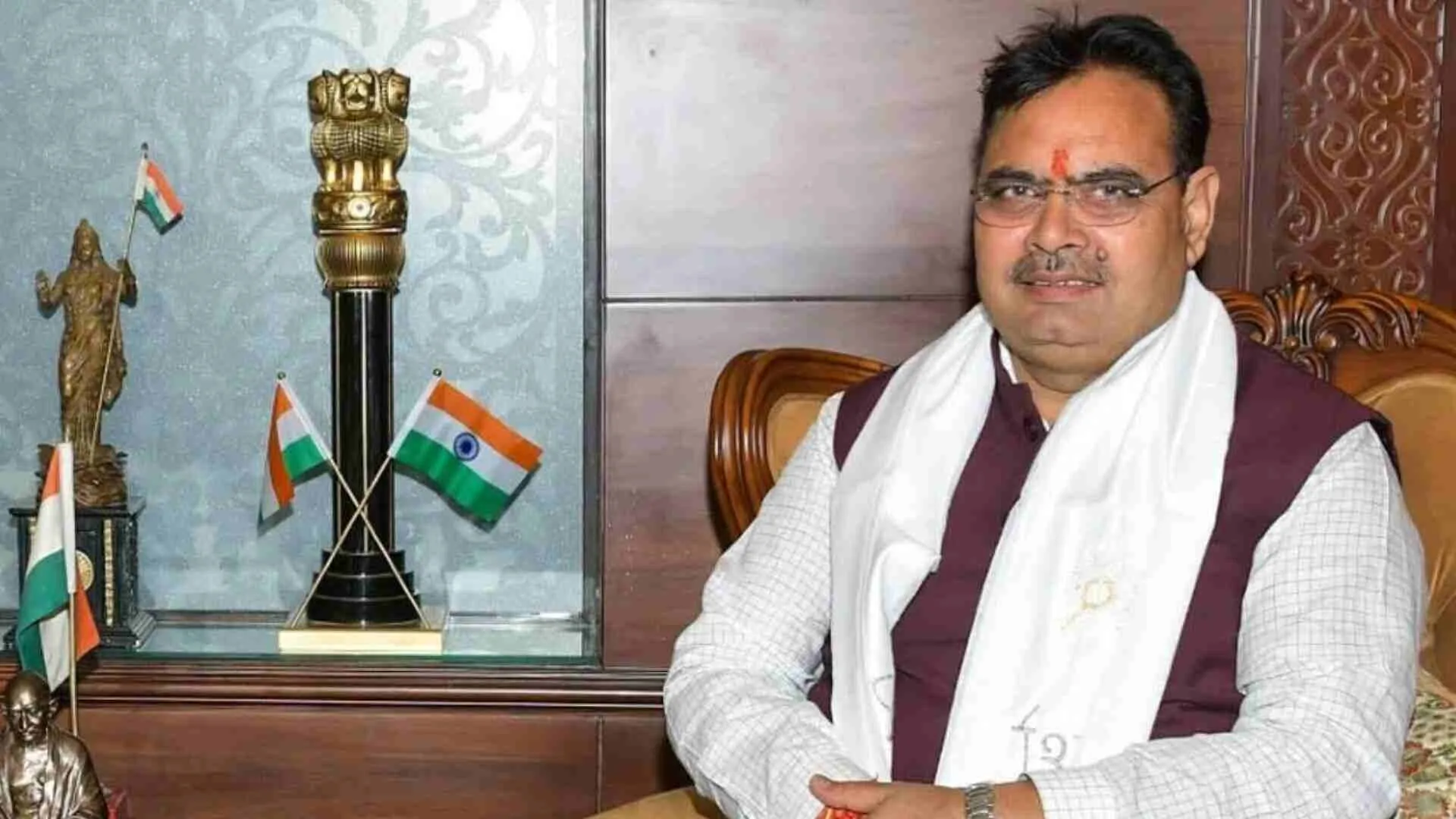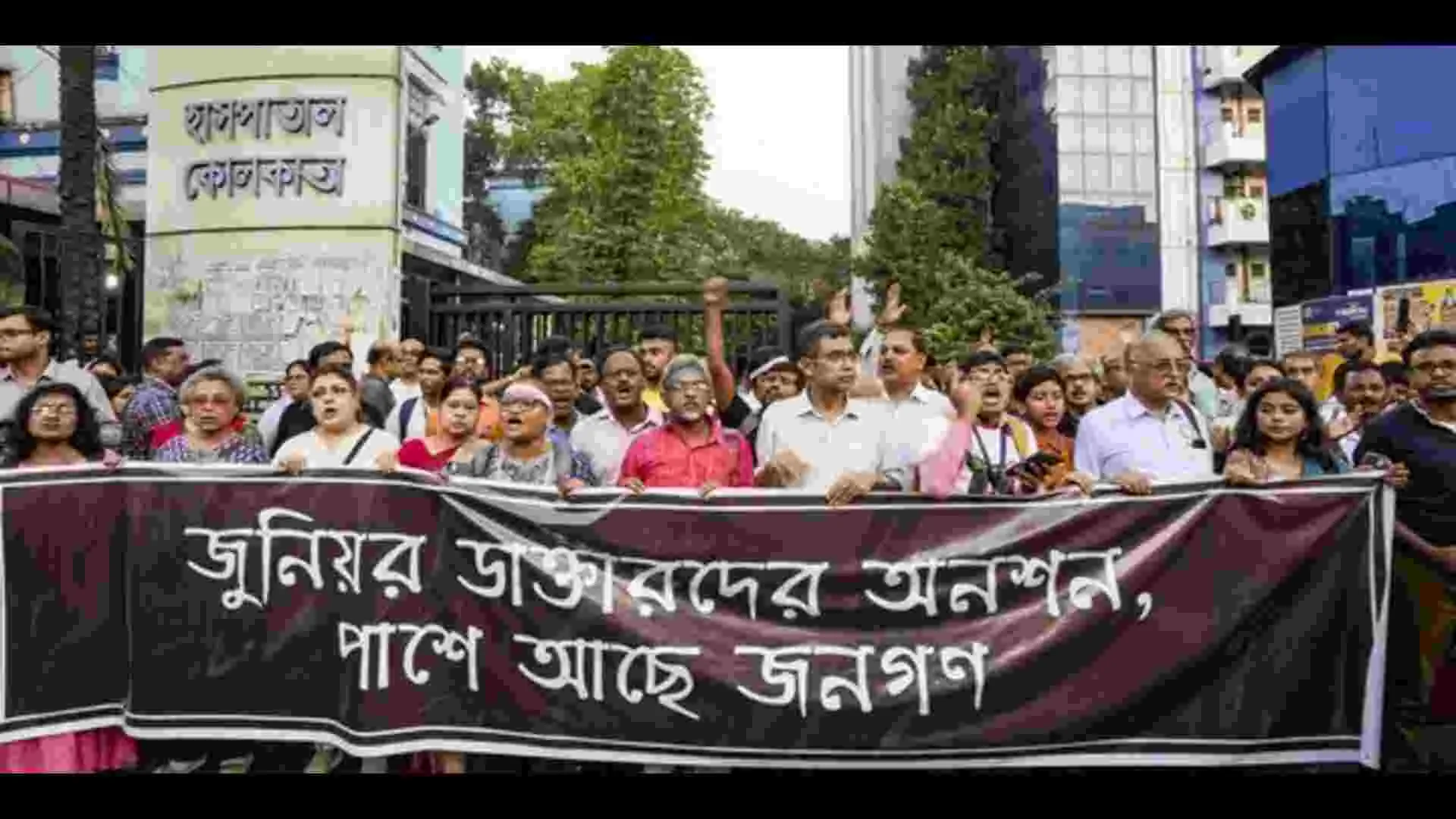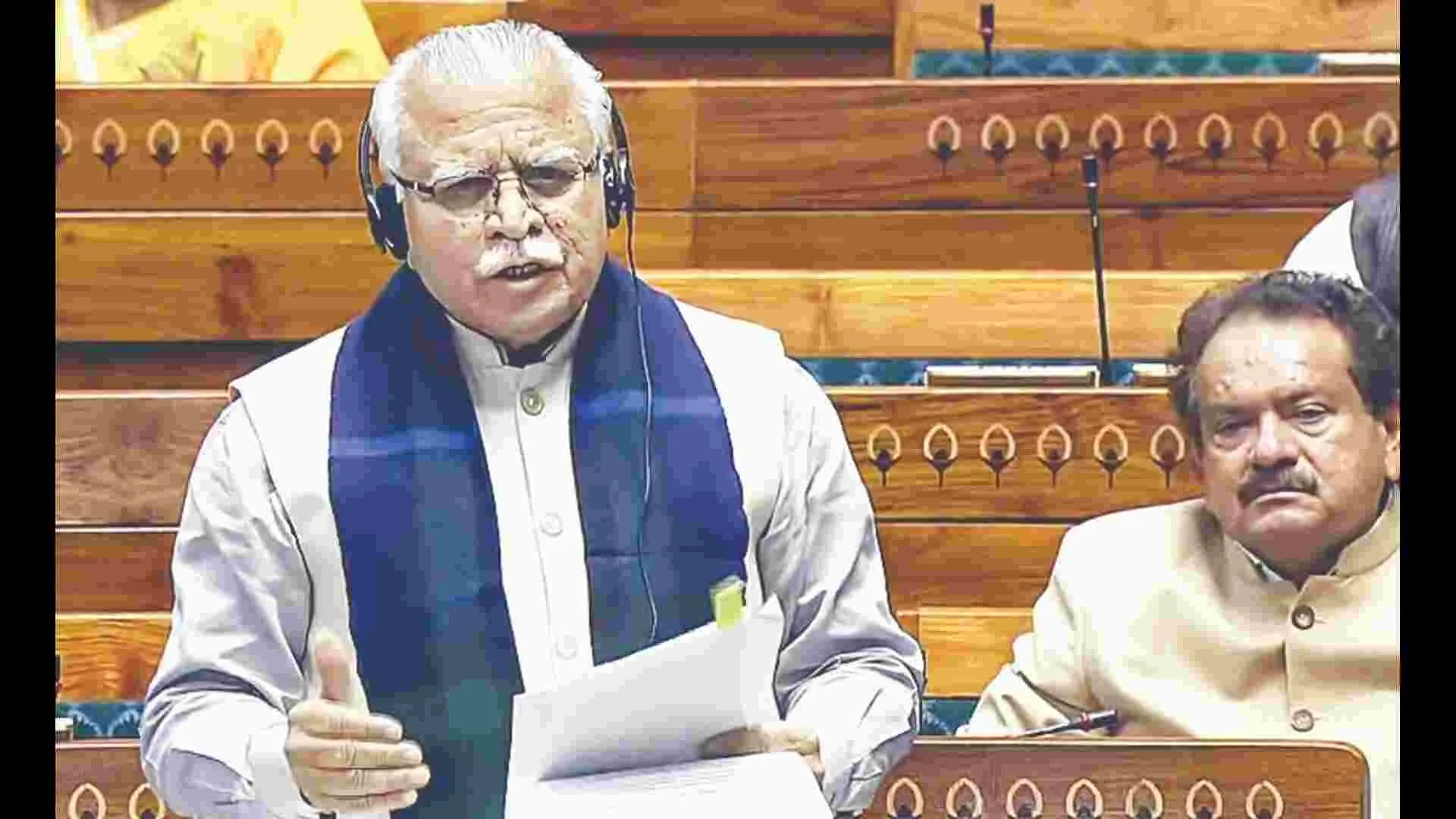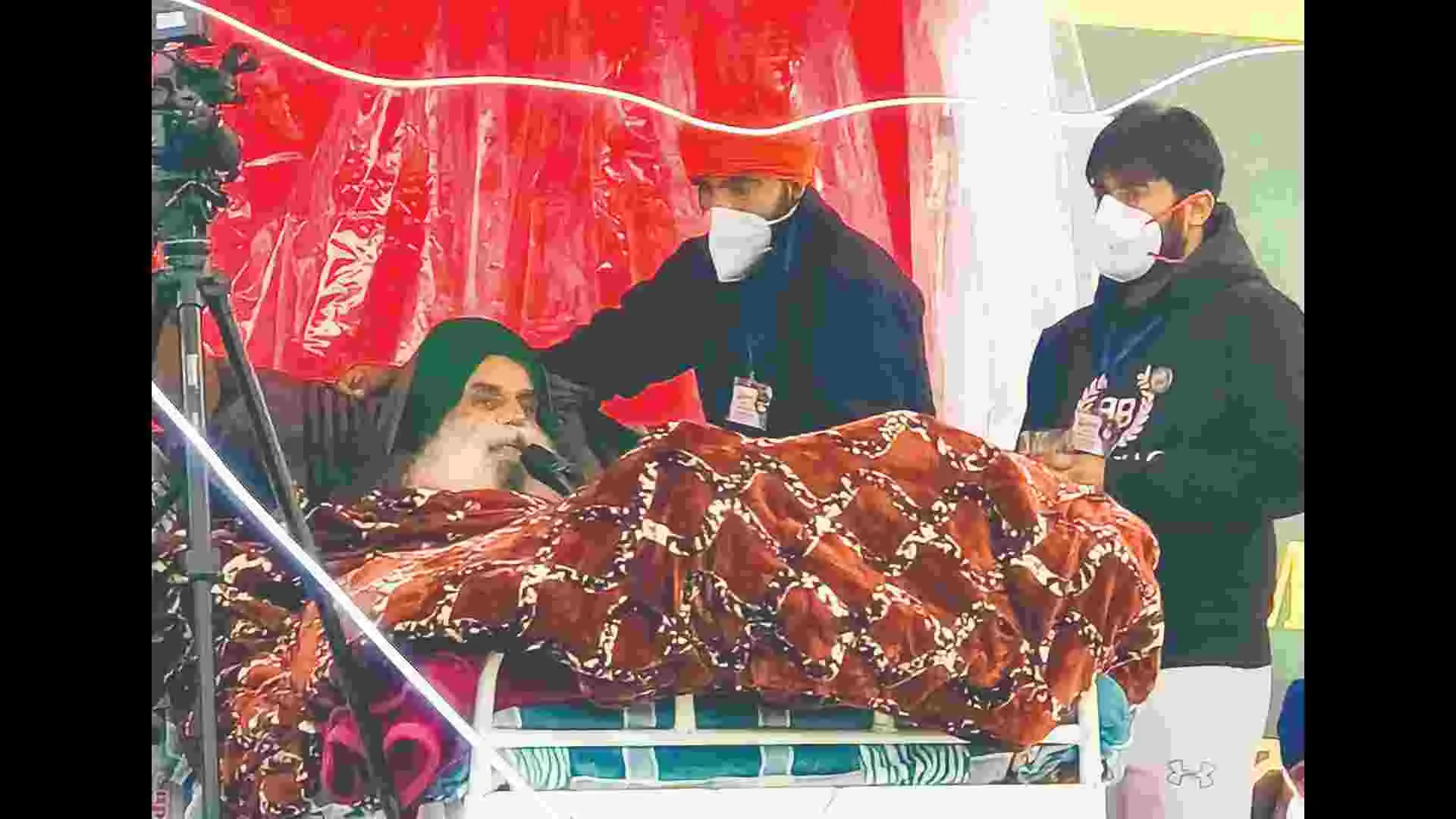At least 5.14 crore person-years of employment on average every year has been generated since 2014 with the Pradhan Mantri Mudra Yojana (PMMY) itself adding 2.52 crore steady and sustainable employment as an average per year since 2014 (net of employment mortality) finds the SKOCH Report on “Employment Generative Impact of ModiNomics: The Paradigm Shifts” launched on Monday. Over a period between 2014-24, a total of 51.40 crore employment has been generated, of which 19.79 crore employment has been generated by governance-led interventions.
The rest, 31.61 crore, has been contributed by credit-led interventions. Out of these, the Government has paid for 1.98 crore person-years of fractional employment as an average per year since 2014. This totals 25.2 crore credit-led employment and 19.7 crore person-years of fractional employment every year since 2014, the SKOCH report highlights.
The fifth report in the series of “Outcomes of ModiNomics 2014-24: A Report Card by SKOCH Group, the report is the result of an incisive look into credit-led interventions and government-led interventions during the period 2014-24.
While credit-led interventions added on average 3.16 crore employment per year, government-led interventions have added 1.98 crore employment,” says the author of the report and Chairman, SKOCH Group Sameer Kochhar.
The current study also finds that micro-loans are being used to generate employment that is steady and stable based on documentation of 80 case studies from field visits covering borrowers who have taken multiple loans and the average direct employment per loan amount stands at 6.6 jobs.
The current study takes into account 12 central schemes, viz., MGNREGS, PMGSY, PMAY-G, PMAY-U, DAY-NULM, RSETI, ABRY, PMEGP, SBM-G, PLI’s, PM SVANidhi.
According to SKOCH research, after seeing marginal progress till 2015, the country has made considerable progress since the credit gap fall of 12.1 per cent — as of January 2023 – reducing the overall credit gap to 76.68 per cent. •While numerous states and Union Territories have made commendable progress since 2004, the North Eastern states are still struggling to make progress. Microfinance Institutions haven’t been able to reach districts with acute credit gaps but with the removal of interest rate ceilings, they are incentivised to reach hard-to-reach districts with acute credit gaps.
There is still a lot of progress to be made in making credit more accessible in the country, with 211 districts still facing a credit gap of more than 90 per cent, as per SKOCH research.
The Rangarajan Committee Report in 2005 said that 255 districts faced a critical credit outreach gap of 95 per cent. In 2022 that number has gone down to 28 districts.
While the average outreach gap in 2022 is 76.68 per cent, the average for aspirational districts is 88.33 per cent.
The report also assesses the employment-generative impact of credit linkage, taking into consideration new loan accounts every year and employment per account at 0.66. Kochchar points out that this multiplier is on the conservative side as SKOCH’S recent field research of loan accounts of Bandhan Bank and direct beneficiary interviews across 4 states have shown a multiplier of 1.4 jobs per loan account. It takes an average loan of Rs 85,000 to generate one credit-linked employment. This is down from Rs 90,000 in 2017 as per SKOCH’s earlier report on PMMY in September of that year.



